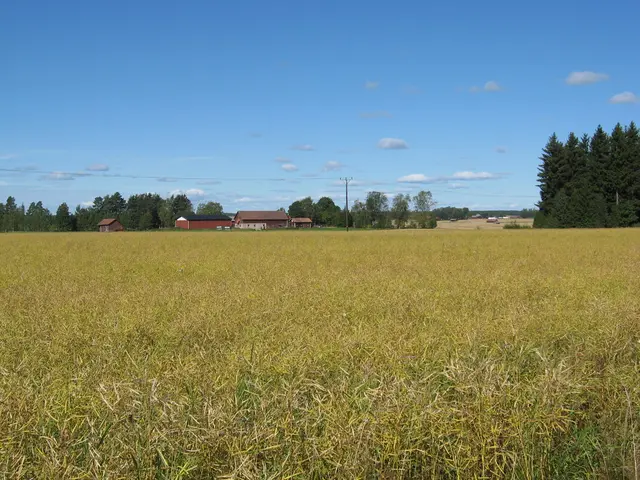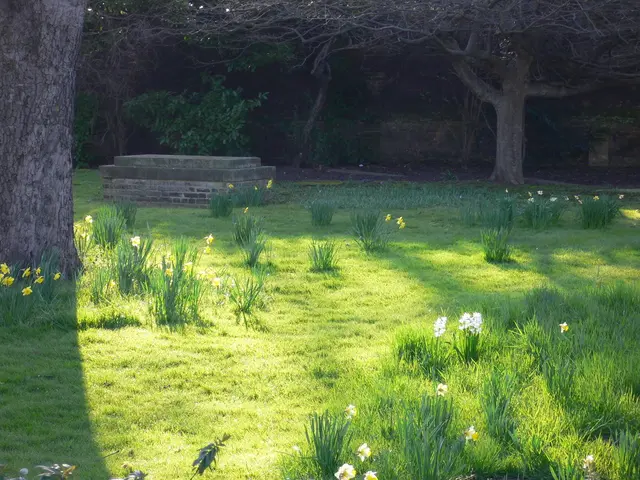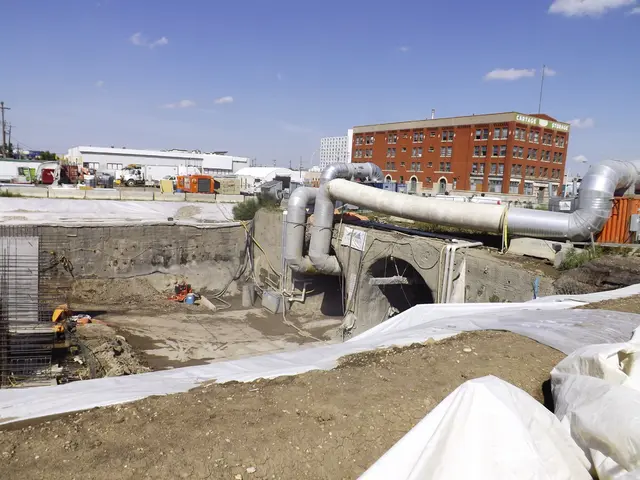Guide on Participating in a Community Garden in Japan
Going Green in the Heart of Tokyo
Ever since shifting base to Tokyo a year ago, my green-fingered hobby - growing vegetables - has been sorely missed. Flat living on the third floor in a compact apartment leaves little room for a proper vegetable patch. However, my gardening journey took a new turn recently when some pals invited me to join them in renting a plot at a community garden close by!
Gardening has always been my way to bond with nature, de-stress, and hone useful skills. There's nothing quite like savoring the taste and crunch of fresh, homegrown fruits and veggies. The produce from the supermarkets just can't compare!
As climate change becomes a pressing issue, more and more people are turning towards urban gardening as a means to lead a more eco-friendly lifestyle and reclaim skills that were once common knowledge. Community gardens, also known as allotments, have proven to be an excellent option for city-dwellers with limited space at home.
My Community Garden Adventure
My community garden is nestled on a quaint farm in Kunitachi, west Tokyo. The clever farmer has divided the farm into around 40 individual plots.
My family shares a plot with two other families. It's wonderful as it helps spread the workload, allowing me to take a breather when needed. Plus, we all share any produce that grows, so I don't have to deal with an overwhelming harvest!
During the summer months, with veggies ripening at breakneck speed, visiting the garden at least twice a week is essential to pick the quick-ripening produce. However, come autumn, the workload lightens considerably, and we may only need to visit a couple of times a month.
At present, we're nearing the harvest of beans, radishes, eggplants, onions, potatoes, lettuce, capsicum, and cucumber. Soon we'll be reaping tomatoes and corn as well. Sharing the plot ensures we have a bountiful harvest every week, providing us with more than enough produce to replace half of what we used to buy from the supermarket.
Navigating the Garden
Garden members can access their plots whenever they please, offering flexibility for early morning or late afternoon visits to beat the heat. Most importantly, these quiet hours mean fewer fellow gardeners, giving my family and I some much-needed relaxation time.
The Lowdown on Size and Cost
Sizes of community gardens in Tokyo range from small, neighborhood plots to extensive hybrid spaces. Expect vacant lot conversions in smaller urban areas or larger sections within parks like Yoyogi's expanded garden area.
The cost of Tokyo community gardens is not explicitly stated, but they often involve membership fees and may facilitate access through managed reservation systems or collaborations with local authorities.
Friendly for First-Timers
Community gardens in Tokyo typically feature:- Educational programming to share gardening knowledge- Shared maintenance responsibilities to lower the hurdle for beginners- Therapeutic designs catering to gardeners of varying skill levels
Getting started in urban gardening? Look for gardens with structured mentorship programs or volunteer training days, which are common in similar urban gardening initiatives globally. Local organizers would be the best source of information regarding specifics. Happy gardening!
- The community garden where I now enjoy gardening is located in Kunitachi, a quiet area in the west of Tokyo.
- Sharing the plot with other families isn't just practical for spreading workloads, but also for enjoying a bountiful harvest every week.
- With the ever-growing climate change concerns, more people are embracing sustainable-living through urban gardening and community gardening.
- At my community garden, we're currently harvesting various crops such as beans, radishes, eggplants, onions, potatoes, lettuce, capsicum, cucumber, and will soon have tomatoes and corn.
- Tokyo community gardens come in different sizes, from small neighborhood plots to extensive hybrid spaces, offering opportunities for both beginners and experienced gardeners.
- Navigating the garden at different hours offers flexibility and tranquility, with most gardeners preferring early morning or late afternoon visits to beat the heat.
- AI technology could play a significant role in future urban gardening, providing practical solutions to challenges faced by city-dwellers, such as optimizing space usage and monitoring the impact of climate change on our crops in the heart of Tokyo.








